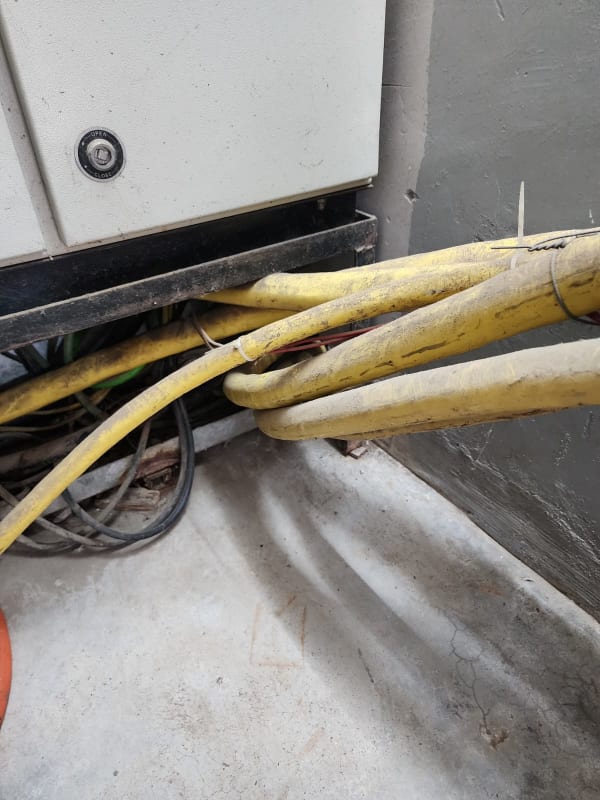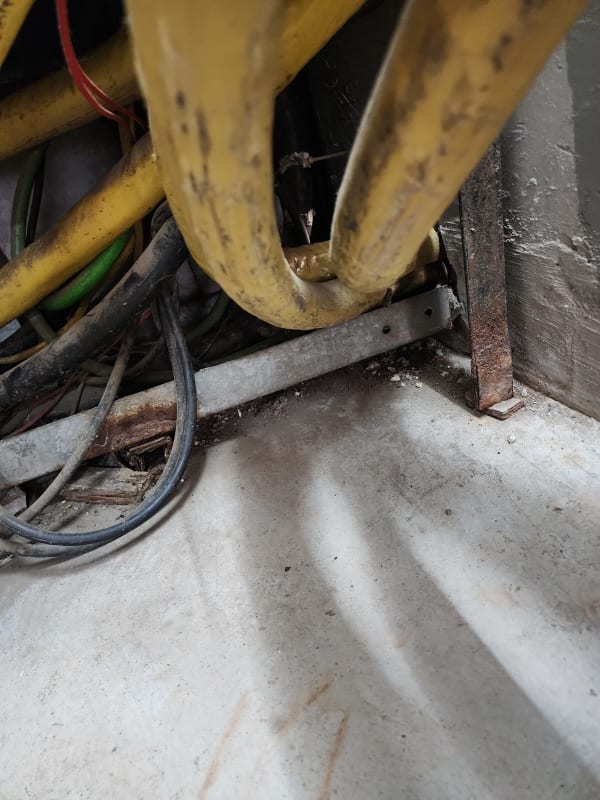vithanidevesh
Electrical
Hi
I have following system installed
Govt supplied transformer is incoming supply
From transformer - there are 3 energy meters installed. I have laid 3 cables 3.5 core 150 sq mm aluminum cable (length around 5 meter each) and all of them are connected to one Busbar chamber from there load is distributed
Now when I check current, following is my readings
Cable 1 - 103/133/160
Cable 2 - 144/135/104
Cable 3 - 125/103/120
Main issue is due to this, my maximum demand is crossing assigned limit and i am getting one meter reading higher than other 2
How to solve this and make even distribution ?
I have following system installed
Govt supplied transformer is incoming supply
From transformer - there are 3 energy meters installed. I have laid 3 cables 3.5 core 150 sq mm aluminum cable (length around 5 meter each) and all of them are connected to one Busbar chamber from there load is distributed
Now when I check current, following is my readings
Cable 1 - 103/133/160
Cable 2 - 144/135/104
Cable 3 - 125/103/120
Main issue is due to this, my maximum demand is crossing assigned limit and i am getting one meter reading higher than other 2
How to solve this and make even distribution ?



